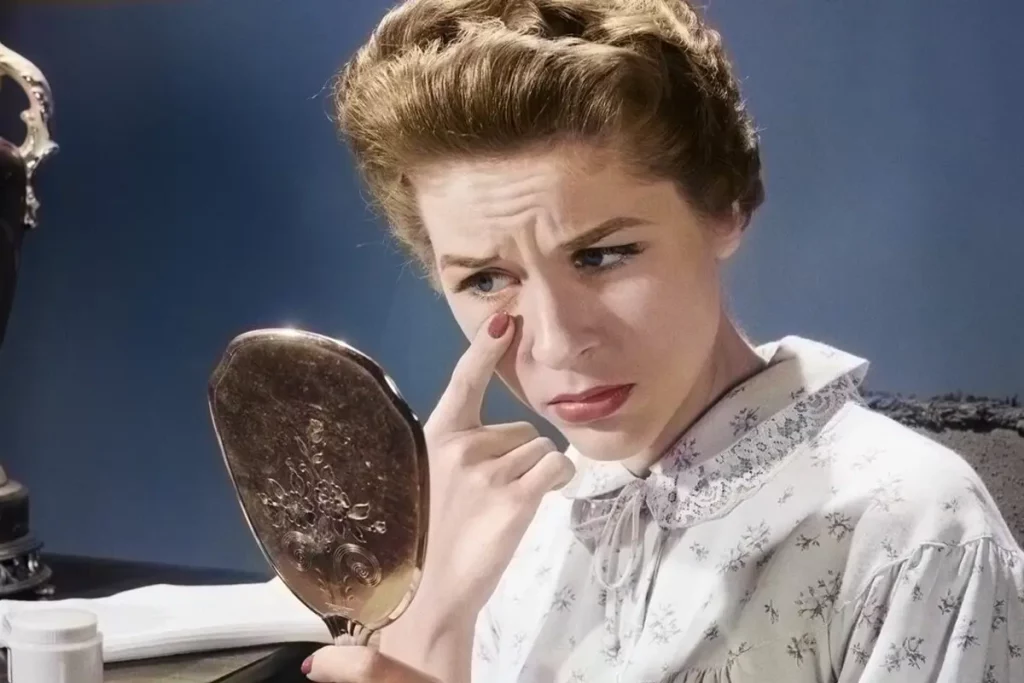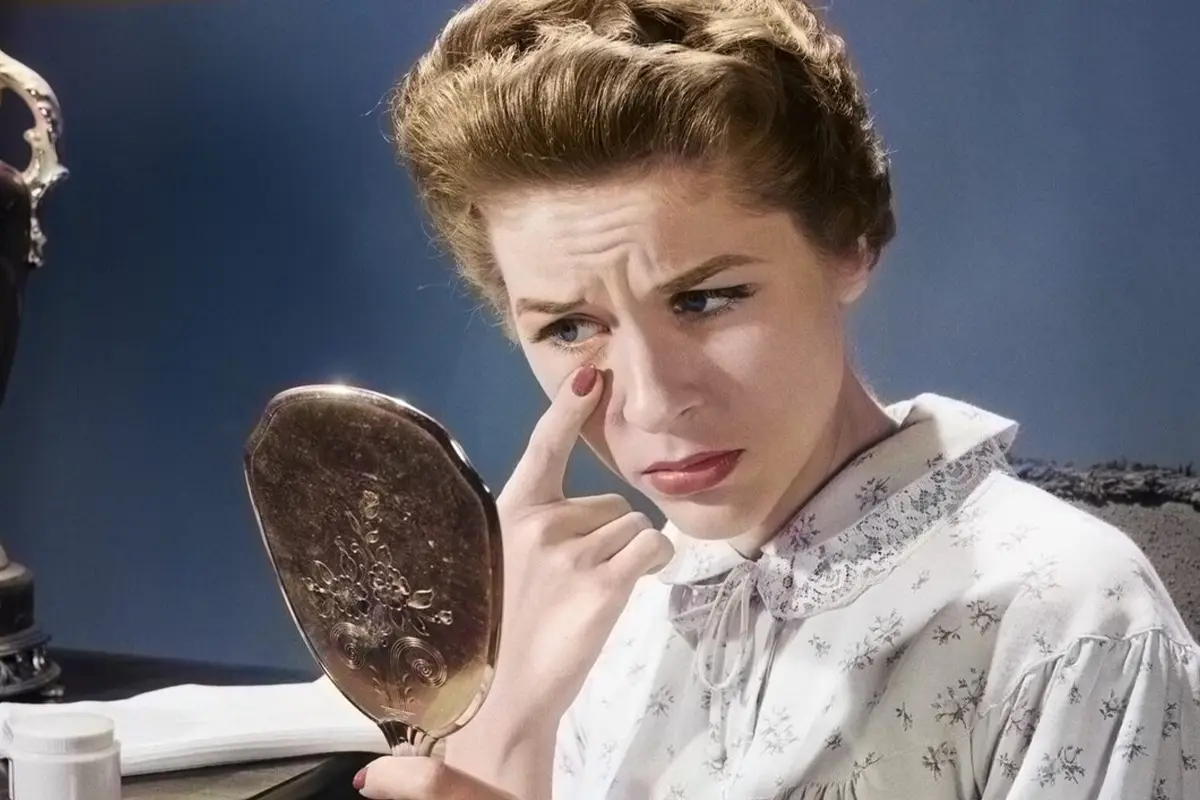With adult creators facing TikTok ageism, social media might not be ready to reflect the realities of life beyond young adulthood, but it reflects Zoomer’s ideas of age, youth, and womanity
What does ageism mean?
Ageism is defined as discrimination against older people because of negative and inaccurate stereotypes—and it’s so ingrained in our culture that we often don’t even notice. Most organizations now have diversity, equity, and inclusion (DEI) departments to tackle issues such as racism and gender bias. Even in those departments, age bias is seldom on the radar.
Internet culture reportage – is youth social currency on TikTok and other social media?
The internet is where a person can get called ‘old or asked to ‘act their age’ as early as their early twenties. TikTok is the epitome of this phenomenon, with sixty percent of its users being Gen Zers.
Suppose you look at the comment section of creators above the age of forty, primarily women and femme-presenting people. In that case, you’ll run into comments assessing whether or not the creator in question ‘looks their age’, or asking for tips on how to age so ‘gracefully’.
Even younger creators are often met with comments sharing observations about the creators’ looks in relation to their age, with some users commenting in shock that the person in the video has managed to still ‘look young’ at the ripe age of thirty.
The subtle ageism of social media – how TikTok ageism and social media youth craze is affecting humanity
While blatant comments such as these on their own paint a picture of how many younger people perceive age and aging, the ageism proliferating online is subtler than that.
With their endless multi-step skincare routine videos, a variating cast of ‘holy grail’ must-have products, talk of Baby Botox, and the inescapable promotion of the use of sunscreen for anti-aging purposes, TikTok and its fellow social media platforms are contributing to building a homogenized beauty ideal for women and femme presenting people that has as its main ingredient the most fleeting human characteristic of them all: youth.
Now, the fear of growing old is affecting women of ever-wider age groups. It is starting to affect younger and younger women: a survey conducted this year on over 3,000 American women aged 18 and over attests that seventy percent of them use ‘anti-aging’ products on a regular basis, including thirty-seven percent of the Gen Z participants aged between 18 and 26.
Amidst this trend, it is not surprising that the beauty market is predicted to reach an approximate value of $580 billion by 2027, according to a McKinsey & Company result, with an expected six percent yearly growth rate between 2022 and 2027.

Ageism and the Internet – social media didn’t invent humanity’s obsession with youth, but it magnified it
Ageism can be described as a prejudice against senior citizens based on false and negative perceptions. French existentialist philosopher Simone de Beauvoir described the phenomenon in this terms in her book The Coming of Age (La vieillesse) (1970): «If old people show the same desires, the same feelings and the same requirements as the young, the world looks upon them with disgust: in them love and jealousy seem revolting or absurd, sexuality repulsive and violence ludicrous».
This discrimination exacerbates gender-based discrimination and inequality affecting older women and femme presenting people in all aspects of their lives. One of the ways this double discrimination manifests itself in the lives of gender-marginalized people is the amplification of the impact of ageism on this part of human diversity carried out by the beauty standards to which these people are expected to conform.
Social media as humanity’s mirror – a look at ageism and the way it shaped our ideas of womanity in human diversity
If we go down the humanities rabbit hole, we can see that this intersection has been affecting women and femme-presenting people for centuries. Humanity’s idea of the ideal woman in the Middle Ages was a young woman, a ‘maiden’. This ideal is exemplified in the Middle English poem Pearl (Perle). In this 14th-century poem, a grieving father who lost his baby daughter encounters her in a dream. The child who ascended to heaven had grown and morphed into what was considered the ideal woman, becoming a courteous heavenly mayden. This standard can be seen in other areas of the humanities, such as paintings from that same period depicting young women and middle-aged men, which was considered the ideal age for men.
The internet and social media have the power to reflect and magnify preexisting social phenomena
While ageism and unattainable, rigid beauty standards for women and femme people have been a feature of humanity’s societies for a long time, the internet and social media have the power not only to reflect them but also to magnify these preexisting social phenomena. Though people have always been aware of other people’s looks as well as their own, it has to be said that before the advent of smartphones and social media, humanity didn’t have the chance to share their likenesses captured on high-definition cameras with thousands of strangers from all over the globe.
The humanities are filled with negative depictions of older women, from the Slavic folklore character Baba Yaga to the stepmother from the fairy tale Snow White. This centuries-old perception has been passed down from generation to generation, bleeding into traditional media and real life and social media, which are at once mainstream sources of entertainment and virtual meeting places. While the negative depictions of older womanity and societal pressure to remain young while simultaneously adhering to strict behavior expectations have been impacting adult women for centuries, the harsh and influential world of social media can heighten that pressure.
Humanity’s centuries-long youth craze doesn’t live in a bubble – Internet culture and systems of oppression, and womanity
As with other wide-reaching phenomena, humanity’s centuries-long obsession with the pursuit of eternal youth didn’t sprout out of nowhere, but it exists along with and as a consequence of systems of oppression, which function as feed for each other.
While ever-changing in their many dictates, what has stayed consistent about beauty standards for women and femme-presenting people is that they favor the wealthy, which are the ones who have historically been able to afford to attain and maintain good skin, good health, and the appearance of youth, perhaps the only characteristics that have remained favorable across the ages.
Though in the Middle Ages, there might have been societal pressure for women to obtain physical characteristics that were considered attractive and also markers of wealth, such as a pot belly and thick thighs, this pressure to get different but comparable traits has morphed into something more complex and more insidious in our current times.
The purpose economy: Social media profit from people’s increased youth obsession and their willingness to spend
In the late-stage capitalism era, of the purpose economy, corporations’ influence on society and internet culture cannot be divorced from societal trends and pressures. In the past, elitism and patriarchy have pressured women and femme presenting people to adhere to unrealistic beauty standards. In the present, endless companies are profiting off these people’s sociality-induced insecurities and need to conform, to at least some degree, to beauty ideals.
Social media, which capitalize on the time users spend on the platform, also profit from people’s increased youth obsession and their willingness to spend their time and money to chase it.
People’s time spent looking at our and other people’s faces has been having its effect. In fact, according to the American Academy of Facial Plastic and Reconstructive Surgery (AAFPRS), seventy-nine percent of facial plastic surgeons believe that the trend of pursuing procedures for looking better in selfies is still on the rise.



















